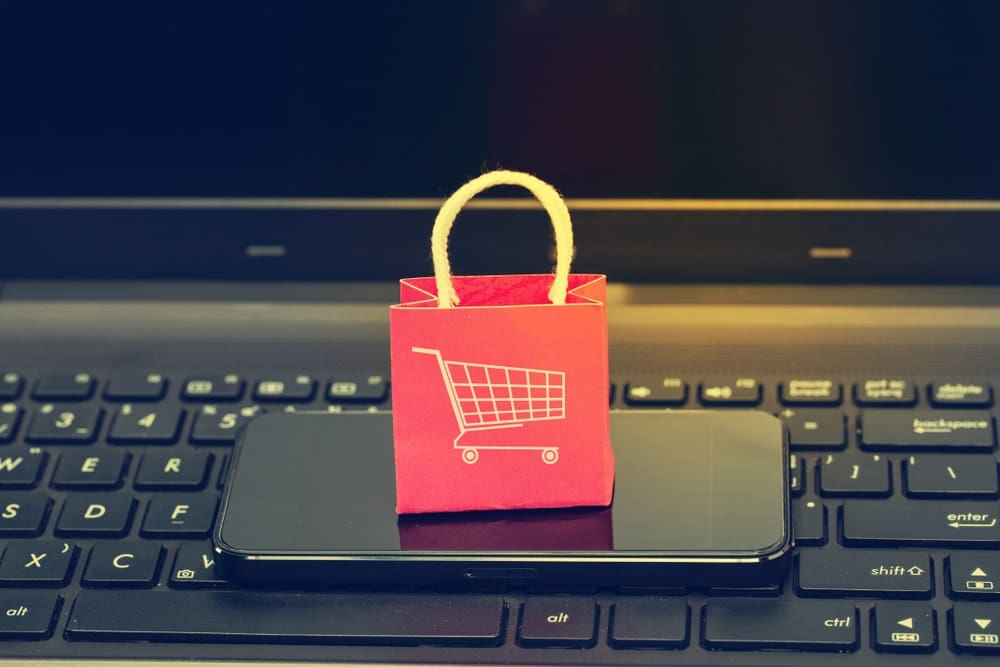
As we move into 2025, the retail and eCommerce industry is set to undergo a host of changes and innovations. From social commerce to hybrid shopping experiences, marketplaces, and out-of-home (OOH) delivery solutions, 2025 promises to be a year where innovation takes centre stage. Against this backdrop, Linnworks, asked its partners what trends they see shaping retail in 2025. Here’s what they said:
Social Commerce: The New eCommerce Frontier
In 2025, social commerce will be a game-changer for how consumers shop. With platforms like Instagram, TikTok, and X (formerly Twitter) becoming full-fledged shopping destinations, including luxury shopping, platforms like these are no longer limited to browsing and liking posts. Imagine scrolling through your TikTok feed, enjoying a dance video, and suddenly finding yourself purchasing a new hand bag—all without leaving the app.
As consumers increasingly turn to social media platforms for product discovery and inspiration, brands are capitalising on tools like live shopping, influencer recommendations, and shoppable posts to transform followers into loyal customers. The ability to link stores to social platforms, enabling instant purchases from discovery to checkout, is a powerful way to drive sales and deepen customer engagement. For businesses looking to stay ahead of the competition, embracing the burgeoning social commerce scene is quickly becoming essential.
“As shoppers demand more seamless, integrated experiences, businesses must adapt quickly to ensure they can meet these evolving expectations,” says Alexandra Lervy, Technology Partnerships Lead at SHOPLINE. “Brands that harness the power of social commerce will be better positioned to thrive in 2025.”
Hybrid Shopping Experiences: Blurring the Lines Between Digital and Physical Retail
The future of retail in 2025 won’t be about choosing between online or in-store experiences. Instead, it will be about creating a unified shopping journey that flows seamlessly between the two as The hybrid retail model caters to the diverse customer base of today, from tech-savvy Gen Z to Baby Boomers, all of whom desire convenience, flexibility, and personalisation.
“Consumers want the freedom to move between online platforms and brick-and-mortar stores effortlessly,” explains Lou Casados, VP of Sales at Getida. “By integrating digital tools with in-store experiences, brands can provide frictionless, personalised shopping journeys that meet customer needs, no matter where they are. With over £30 billion worth of click-and-collect orders set to take place in 2025, integrating this effectively within customer buying journeys becomes paramount”
In 2025, brands will increasingly look to leverage cutting-edge technologies like digital kiosks, and seamless mobile integration to create a truly omnichannel shopping experience. Whether a consumer is browsing online or shopping in-store, the experience will be tailored, interactive, and intuitive, giving customers exactly what they want, when they want it.
Marketplaces: The New eCommerce Powerhouses
Marketplaces have exploded in recent years—and 2025 will see this trend continue at full speed. Platforms like TikTok Shop, SHEIN, and Temu have already shaken up the industry, while more established retailers like B&Q, Debenhams, and Tesco are also entering the marketplace game. At the same time, verticalised marketplaces specialising in specific categories, such as Poshmark for pre-loved items and Back Market for refurbished tech, are gaining traction.
For retailers, this explosion of new and niche marketplaces offers tremendous opportunities to reach more customers and diversify revenue streams. However, with these opportunities come challenges. The key to success in 2025 will be the ability to efficiently integrate with multiple marketplaces without incurring high development costs or getting bogged down by operational inefficiencies.
Out-of-Home Delivery: The New Standard in 2025
As consumer expectations shift, one of the biggest trends in retail for 2025 will be the rise of out-of-home (OOH) delivery options. Traditional home delivery is losing its appeal, with fewer European shoppers preferring it, according to recent data. Instead, consumers are increasingly opting for parcel lockers, PUDO (pick-up/drop-off) points, and other OOH solutions that offer greater convenience, flexibility, and sustainability. What is more, these collection points are often found at convenient locations, such as outside supermarkets, offering a convenient alternative for those who prefer this flexibility, especially remote workers, who prefer not to be disturbed during work hours.
For retailers, adopting OOH delivery is no longer just a nice-to-have feature. As Rehab El Hadari, Senior Partnerships Manager at Sendcloud, explains, “Out-of-home delivery offers significant advantages, including higher delivery success rates and reduced last-mile costs. As eCommerce evolves, offering flexible delivery options is crucial to staying competitive and meeting modern consumer expectations.”
It will be important for brands to integrate out-of-home delivery solutions into their logistics strategy to remain competitive, regardless of the trend. It will be crucial for brands to offer multiple delivery options if they want to keep consumers loyal, whether it is offering lockers or PUDO points.
The Future of Retail is Seamless and Adaptable
As we look ahead to 2025, it’s clear that the future of eCommerce is shaped by seamless, flexible, and integrated experiences. Social commerce, hybrid shopping, new marketplaces, and out-of-home delivery options are all changing the way consumers interact with brands and shop for goods. For retailers, staying ahead of these trends and leveraging the right technologies will be crucial to remaining ahead of the competition and meeting the renewed demands of consumers.
The most successful brands will be those that satisfy customers wherever they are—whether online, at physical stores, or in parcel lockers—while making the shopping experience smooth, convenient, and personalised. However, as the lines between digital and physical continue to blur, the brands that adopt and adapt will be the ones that understand how to deliver on all fronts, and as a result, stand to reap the rewards.








Share